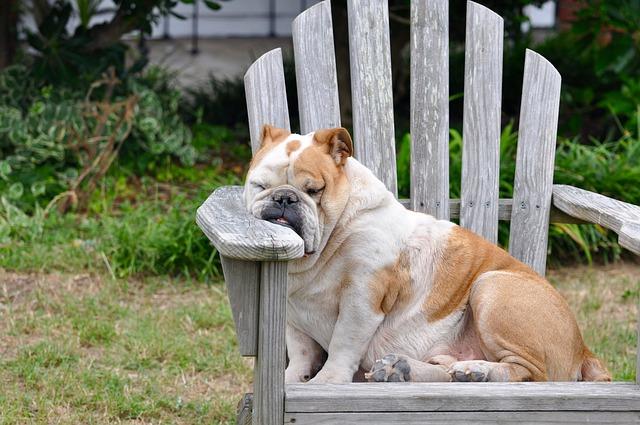In 1997, Boston University psychiatrist William Anthony started a campaign to encourage overtired Americans to nap. His whimsical treatise, The Art of Napping, and its sequel, The Art of Napping at Work (1999), garnered enough attention that Anthony founded National Napping Day and launched a merchandise line including “Life Is a Nap” T-shirts. Then in 1998, the power nap became a national pastime thanks to Cornell psychologist James B. Maas and his bestseller, Power Sleep: The Revolutionary Program That Prepares Your Mind for Peak Performance. Suddenly, people were taking naps not to rest, but to rejuvenate — no longer catnapping like Ronald Reagan, but robustly refueling like Bill Clinton and George W. Bush. Napping was making a comeback; it was only a matter of time before someone would make money off it.
Christopher Lindholst ’02BUS hopes to be that someone. In 2003, he and partner Arshad Chowdhury founded MetroNaps, the nation’s first napping facility, which charges $14 per 20-minute nap or $65 for a monthly membership. It currently boasts two centers in Manhattan, as well as installations in Vancouver International Airport and Savannah College of Art and Design in Georgia. MetroNaps, however, is no niche business; Lindholst aims to install as many MetroNaps as there are Starbucks — at schools, gyms, airports, and libraries across the globe. But will as many people buy overpriced sleep as they do coffee?
Lindholst thinks so. Prior to his studies in finance and management at Columbia Business School, Lindholst worked as a health economist at Johnson & Johnson in London, where he first saw the potential market in providing clean, convenient nap locations. “Arshad and I had seen people at our offices falling asleep during meetings, at their desks, going off to nap in parked cars and in washrooms.” Lindholst is unfailingly decorous, with a sales pitch that favors logic over zingy delivery. That is, America needs sleep; America is not getting it at home; make sleep convenient and America will pay for it.
Indeed, Americans are sleeping less and less, which affects our health and productivity. A 2005 poll by the National Sleep Foundation, a public health nonprofit, found that only 26 percent of respondents sleep the recommended eight hours a weeknight, down from 38 percent in 2001. The National Institutes of Health estimates that 70 million Americans are troubled by sleep problems or deprivation, resulting in annual costs of approximately $16 billion in health-care expenses and $50 billion in lost productivity.
Short midday naps can’t solve America’s sleep crisis, but they have been shown to improve alertness, mood, memory, and stamina, as well as to reduce stress. “Napping simply allows you to be more productive during the hours you’re awake,” says Lindholst. “It’s like what Winston Churchill said: ‘You get two days in one — well, at least one and a half, I’m sure.’”
Stolen winks at a desk or in a car, however, are not enough. From research conducted at Carnegie Mellon University in 2002, Lindholst and Chowdhury discovered that nothing short of 20 minutes of uninterrupted sleep will effectively rejuvenate body and mind. (Sir Winston, who retired to his bedroom every day between lunch and dinner during WWII, might have agreed.) A person quickly falls and stays asleep if he is physically and mentally at ease. Lindholst and Chowdhury also found that people would pay for quiet, comfortable napping locations that provide a sense of privacy and are close to their workplaces. Many Carnegie Mellon students, for example, paid $1 for a 20-minute nap on a lawn chair in a designated section of the campus quad.
Of course, MetroNaps now offers sleeker accommodations. The MetroNaps pod is an ergonomically perfect lounge chair that elevates the napper’s head, shoulders, and feet. The black leather seat is half-cocooned in a giant, white, spherical shell. In the darkened, cool sleeping chamber of MetroNaps’ New York headquarters, the pods are perched like two rows of eggs in a chicken coop. White noise, which drowns out other sounds, emanates from speakers, making the room eerily resistant to outside traffic bustle. A customer can recline, cuddle with an airline-brand blanket, or listen to Enya-inspired ambient music from custom-made noise-canceling headphones. The front-desk attendant cautions first-timers they may not fall asleep directly. But if the napper manages to get even 15 minutes of sleep before the chair’s full-body alarm vibrates him awake, he may indeed feel little hesitation at paying 70 cents per semiconscious minute.
And MetroNaps’ brand of napping proves an effective, efficient, and consistent source of rejuvenation, it may just catch up to Lindholst’s ambitions. After all, in a nation that consumes 26 billion liters of bottled water per year, selling sleep, repackaged for consumption away from home, may not be such a risky venture.



